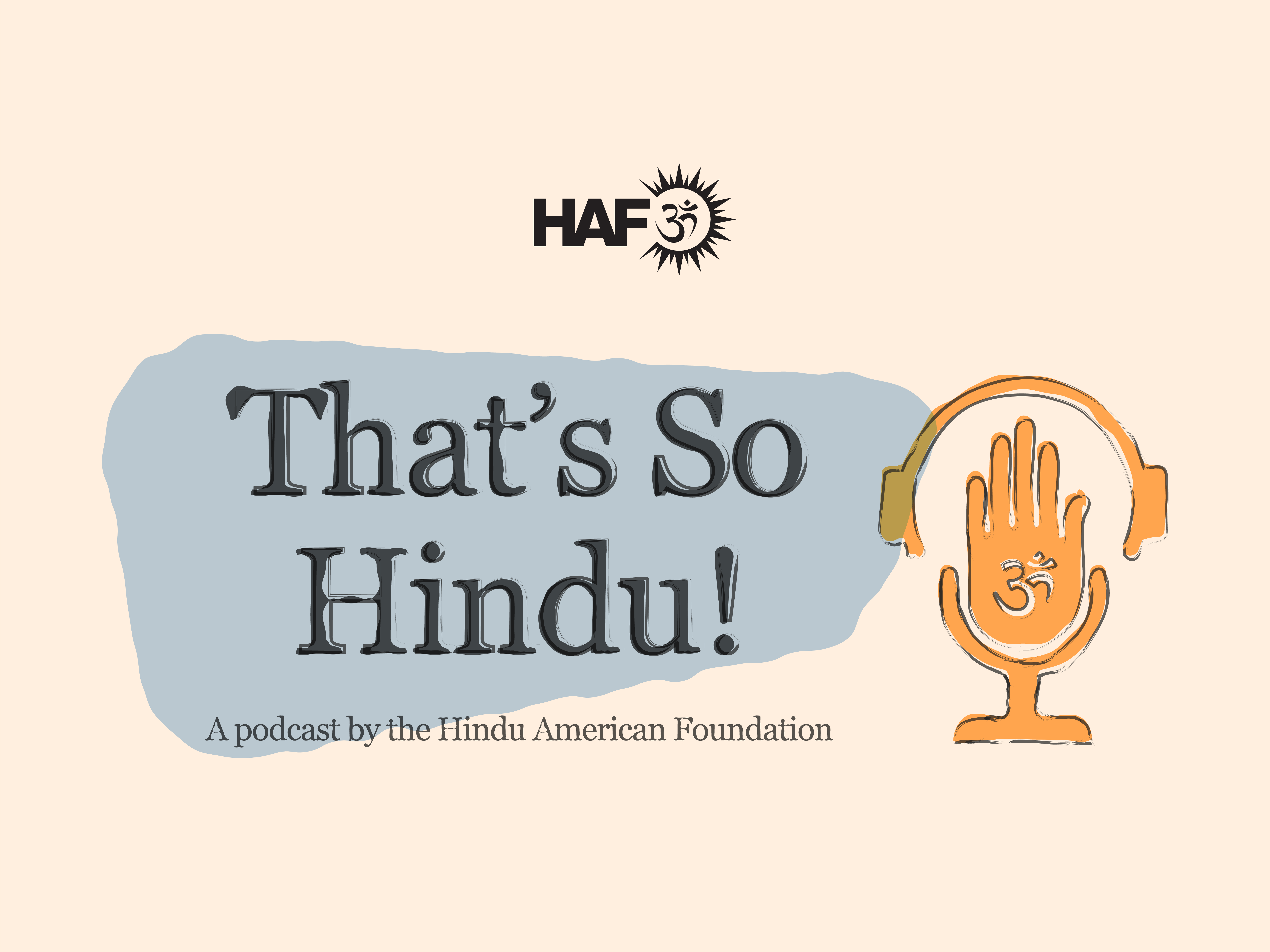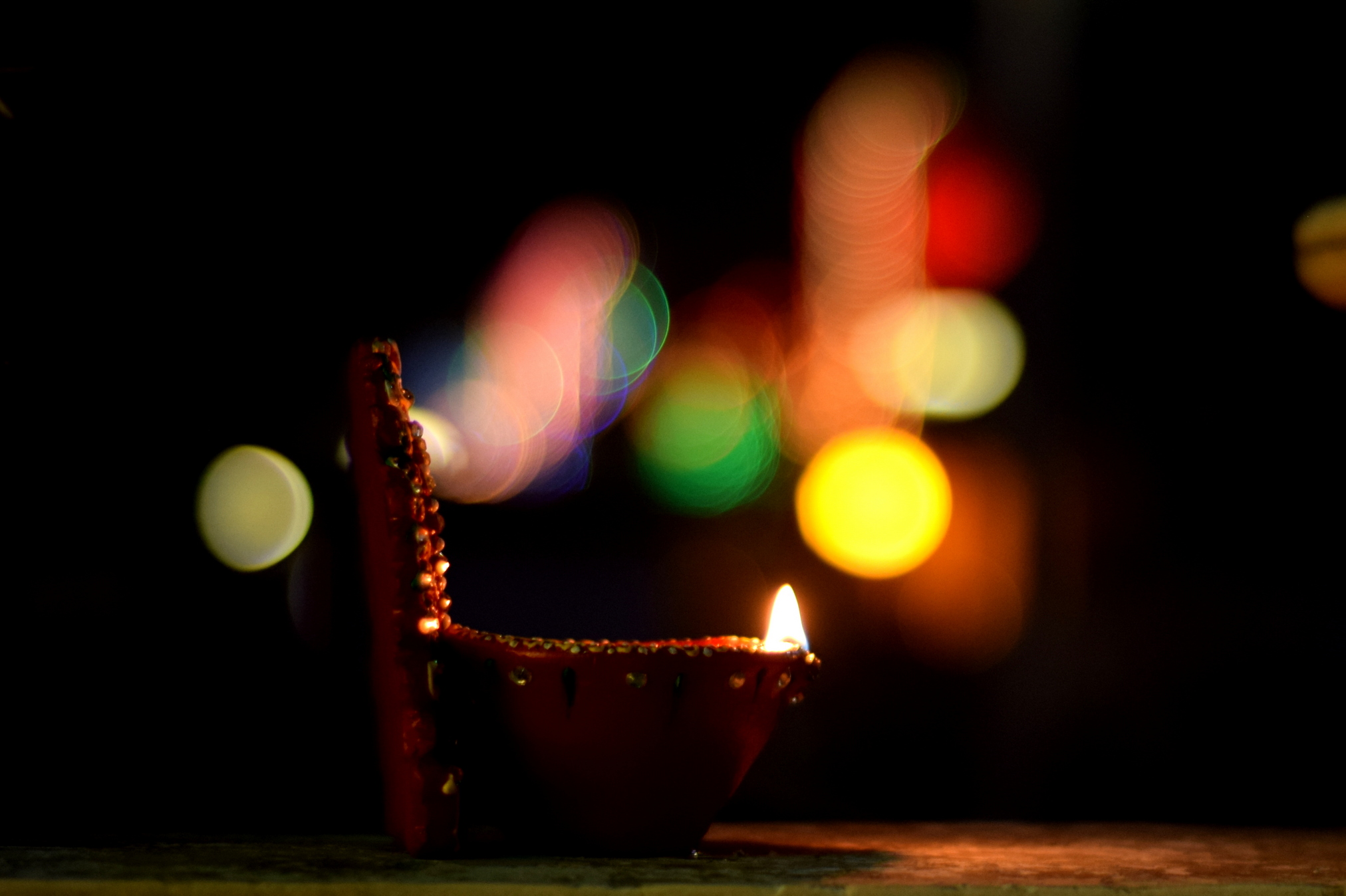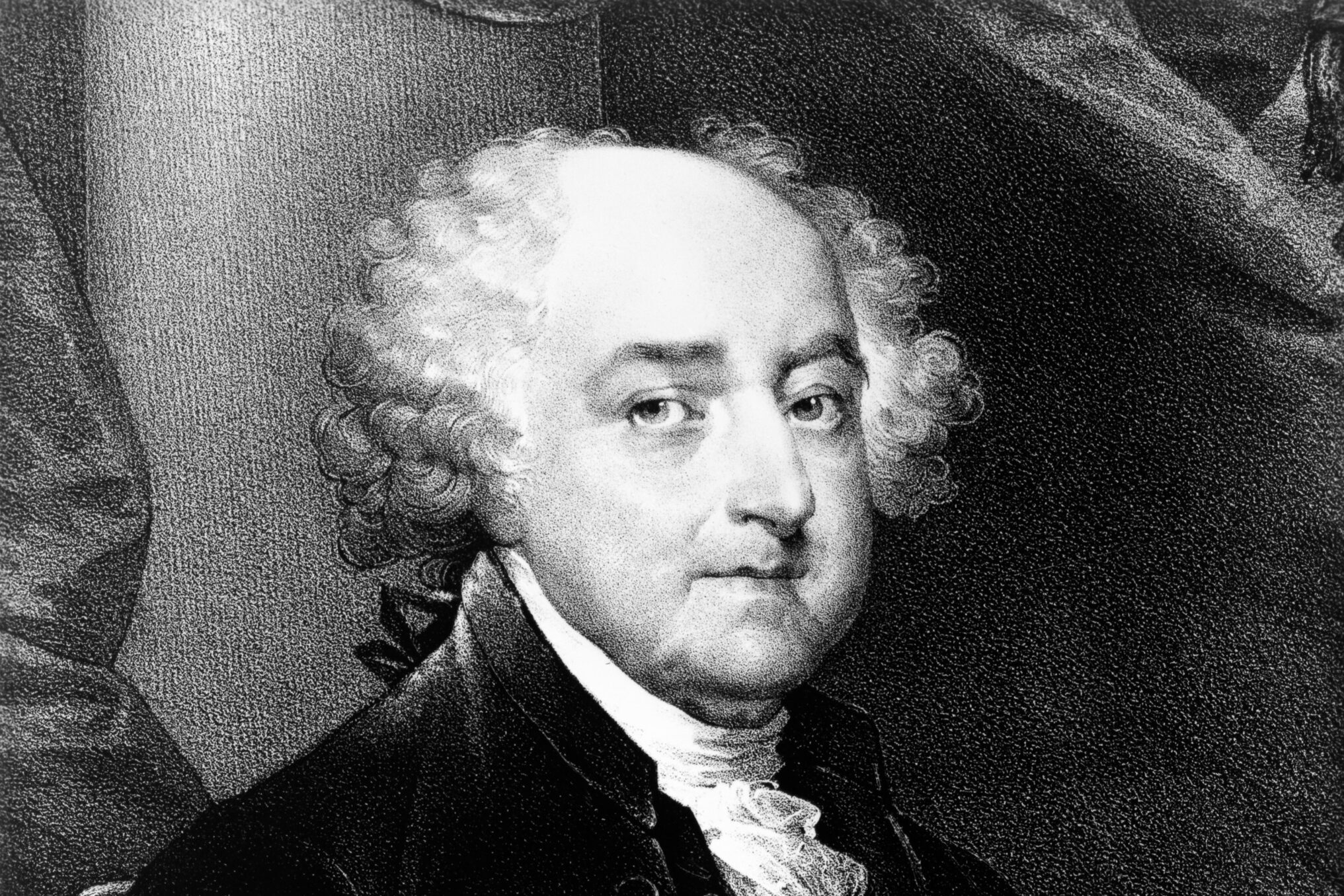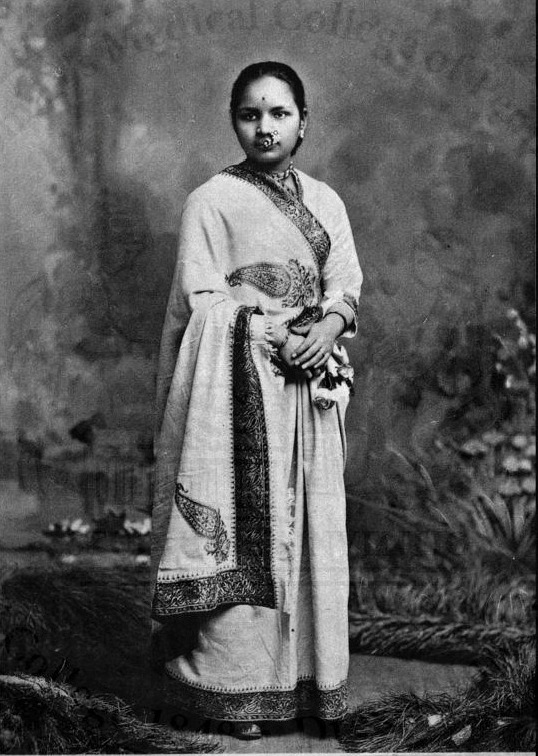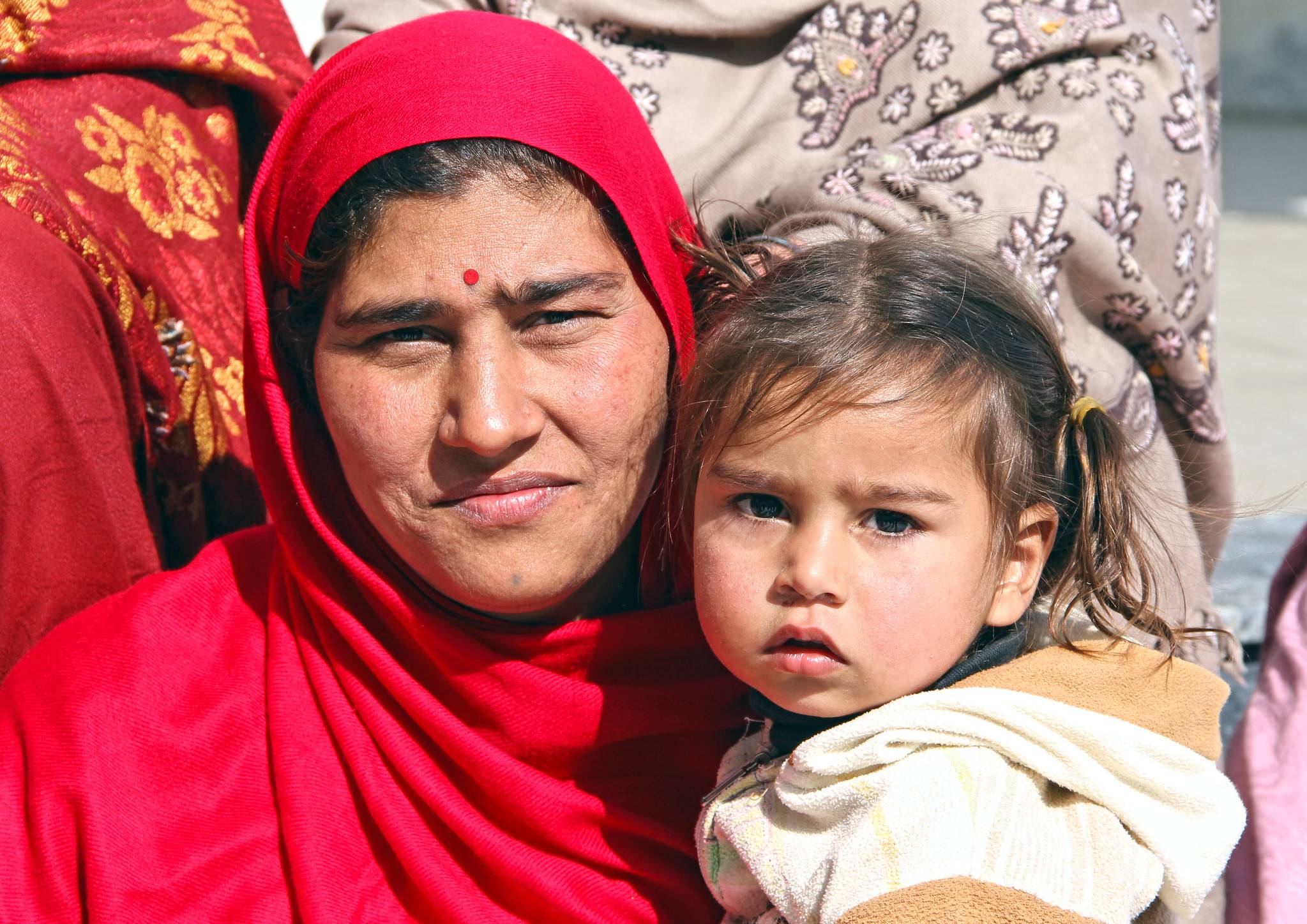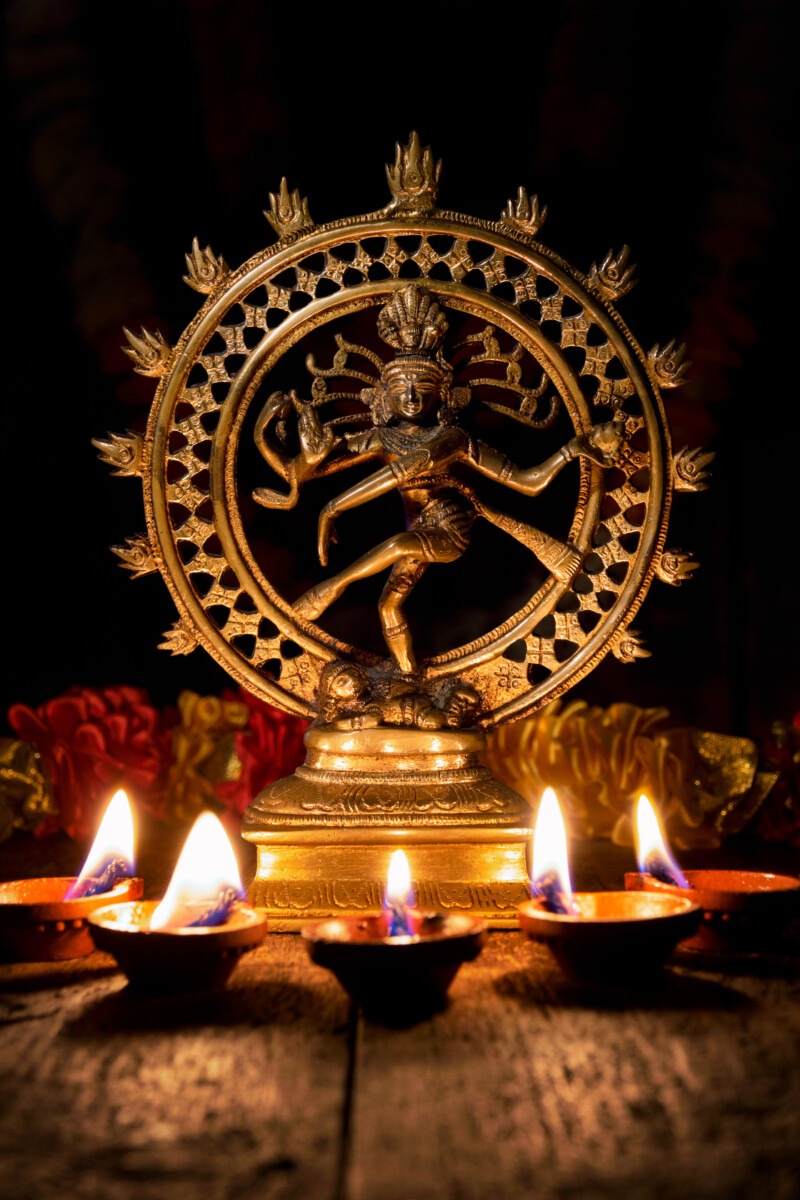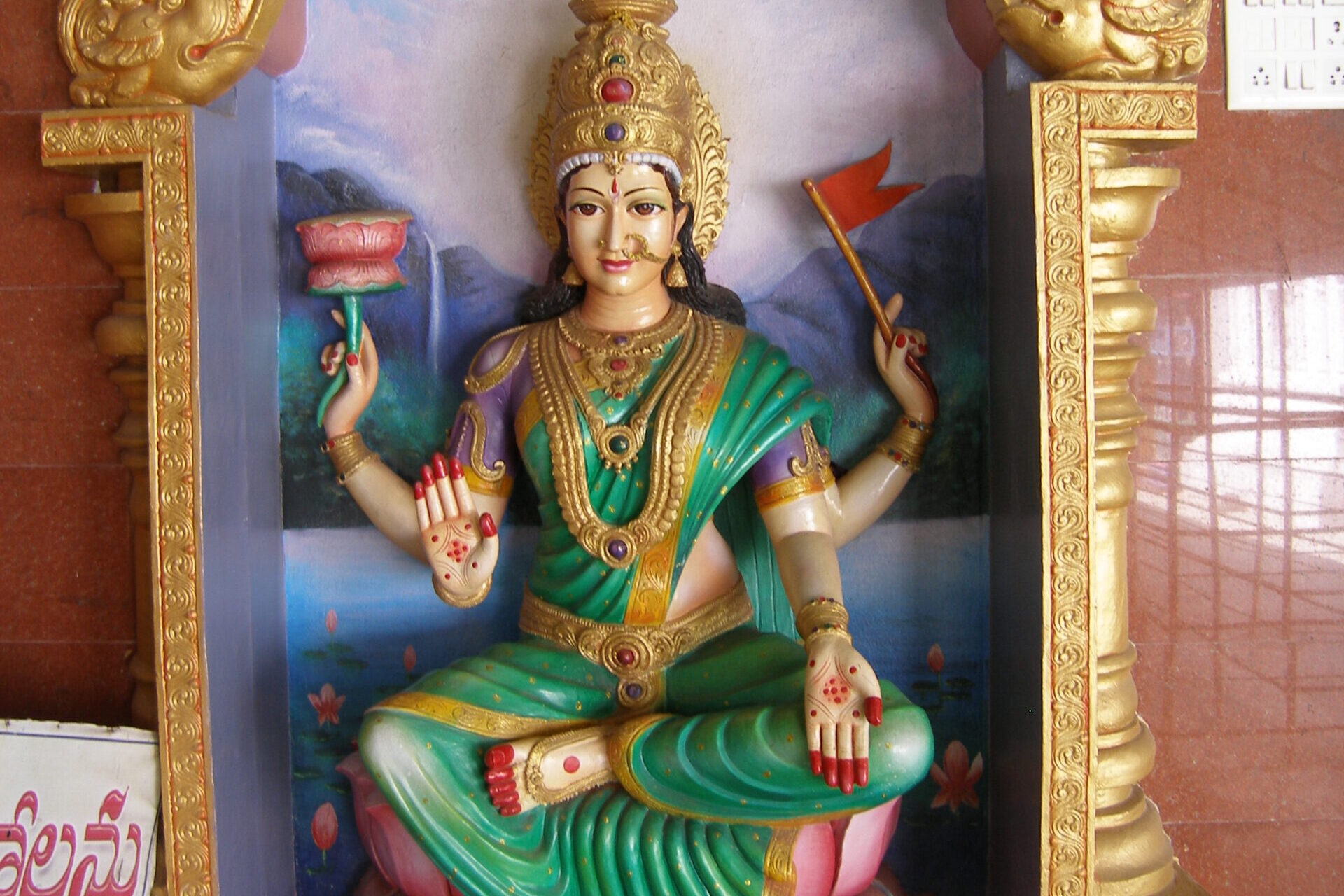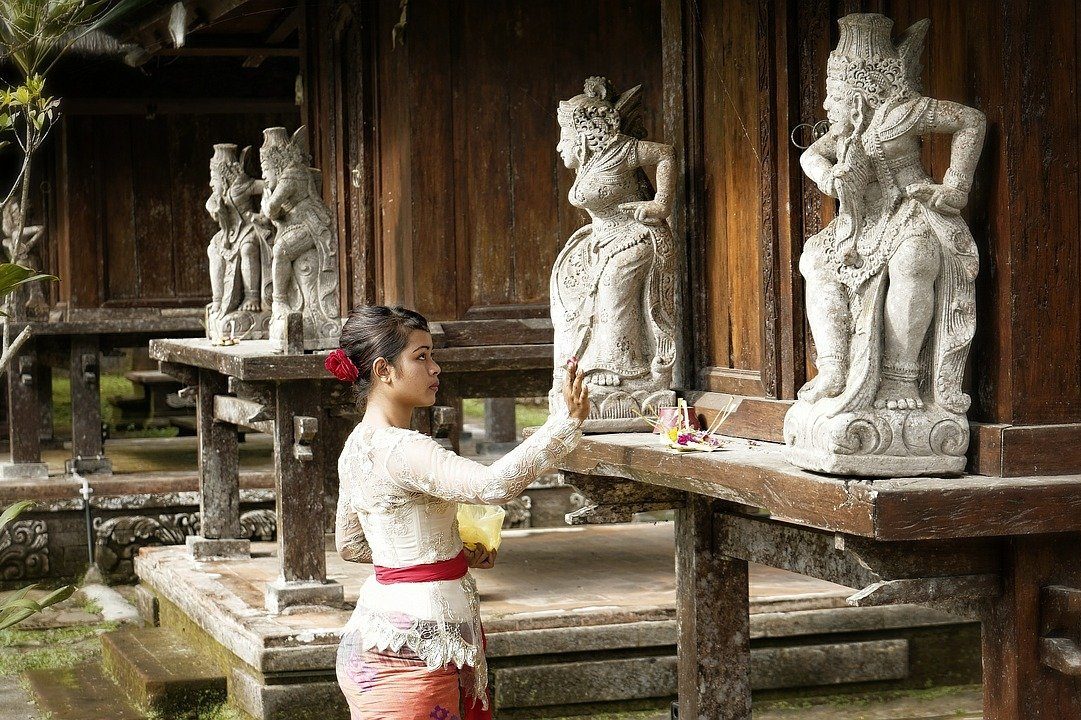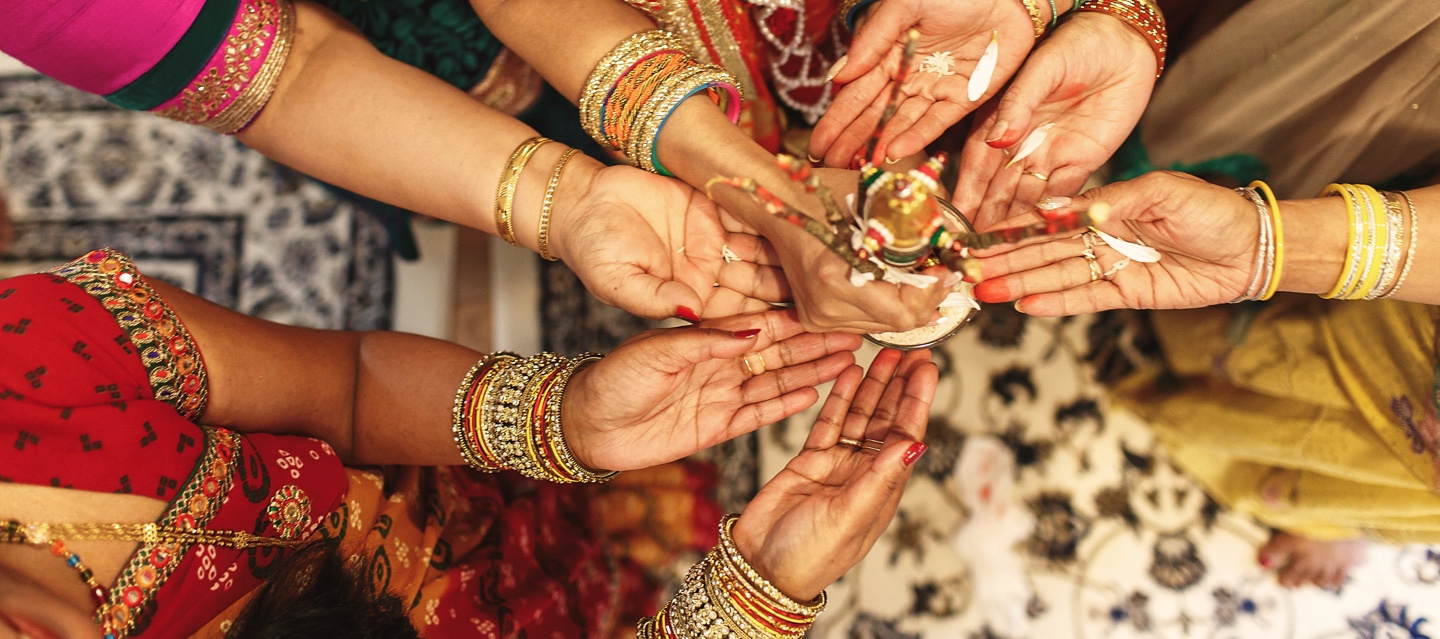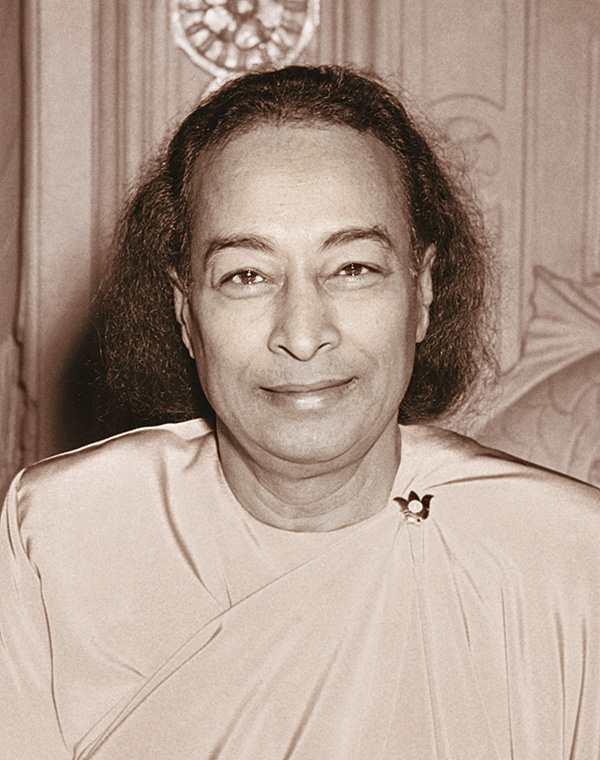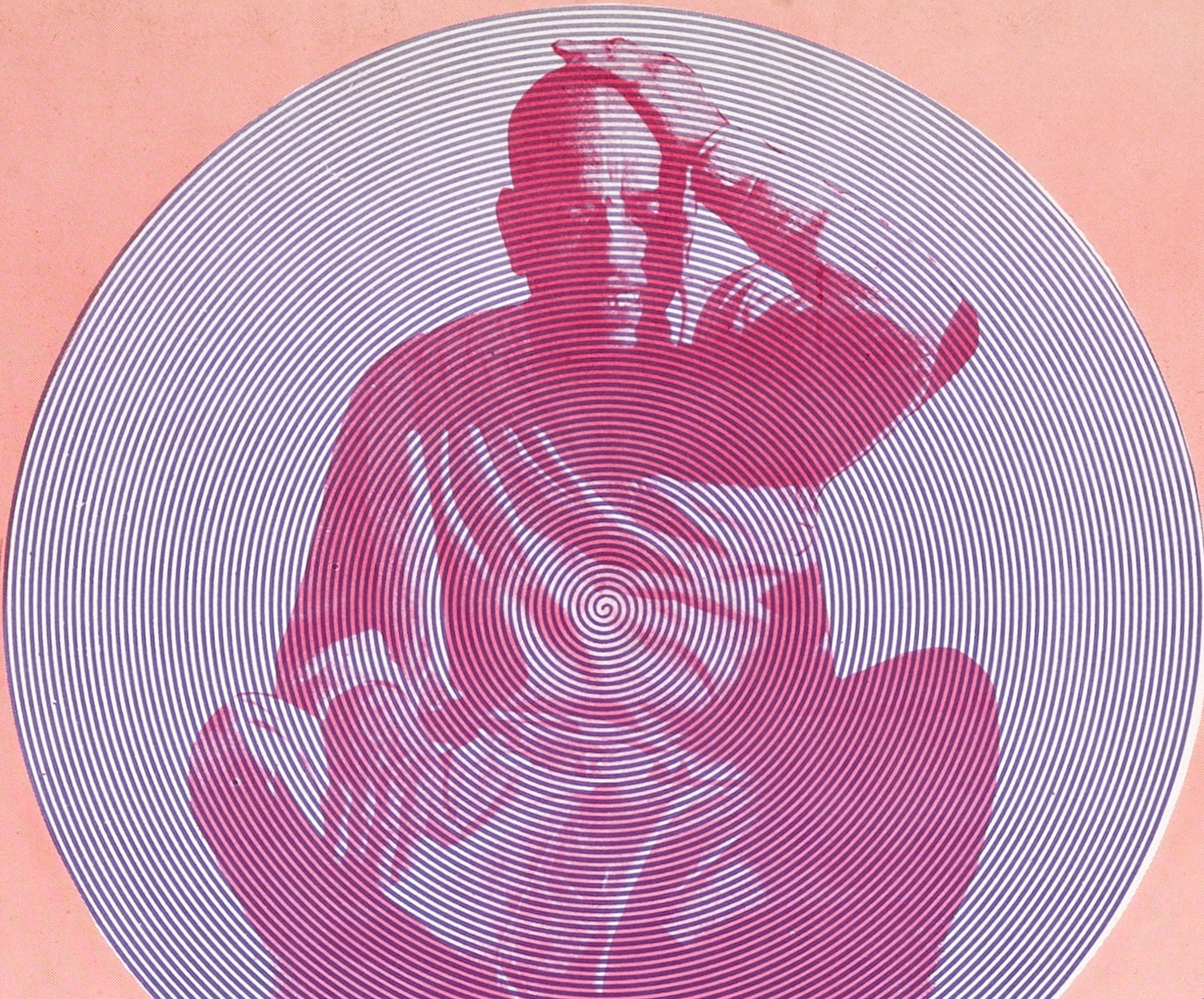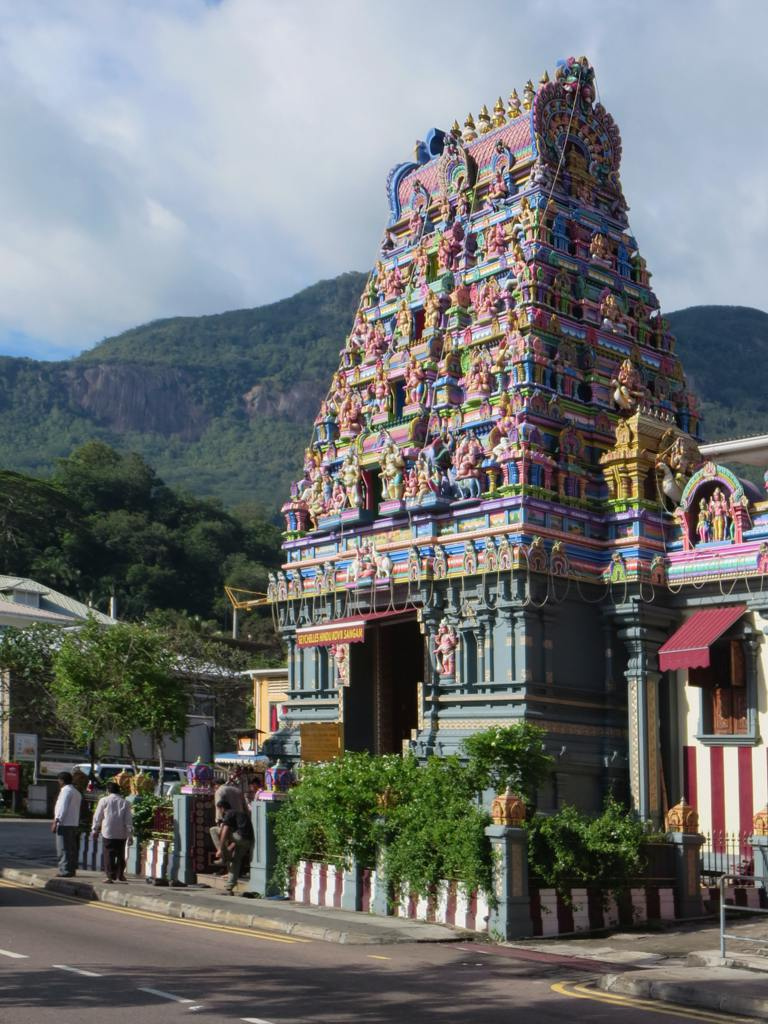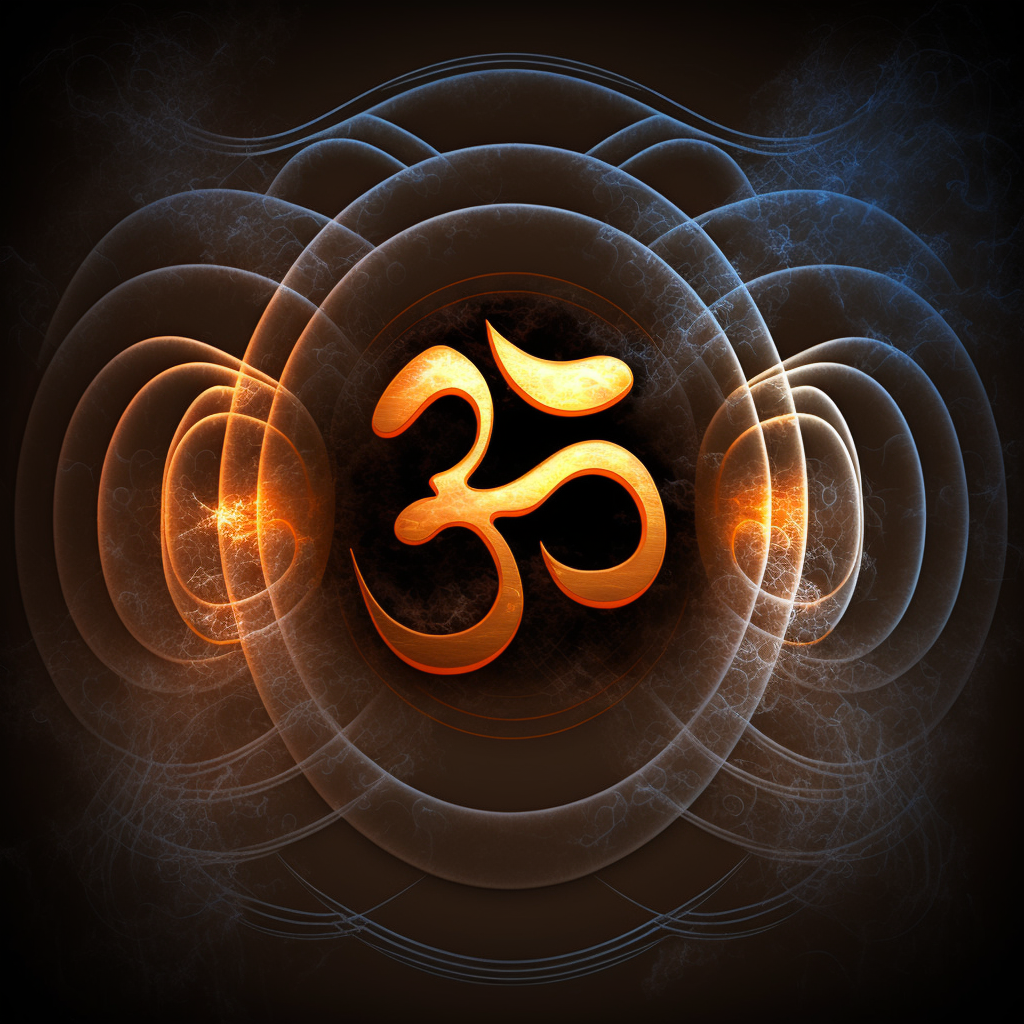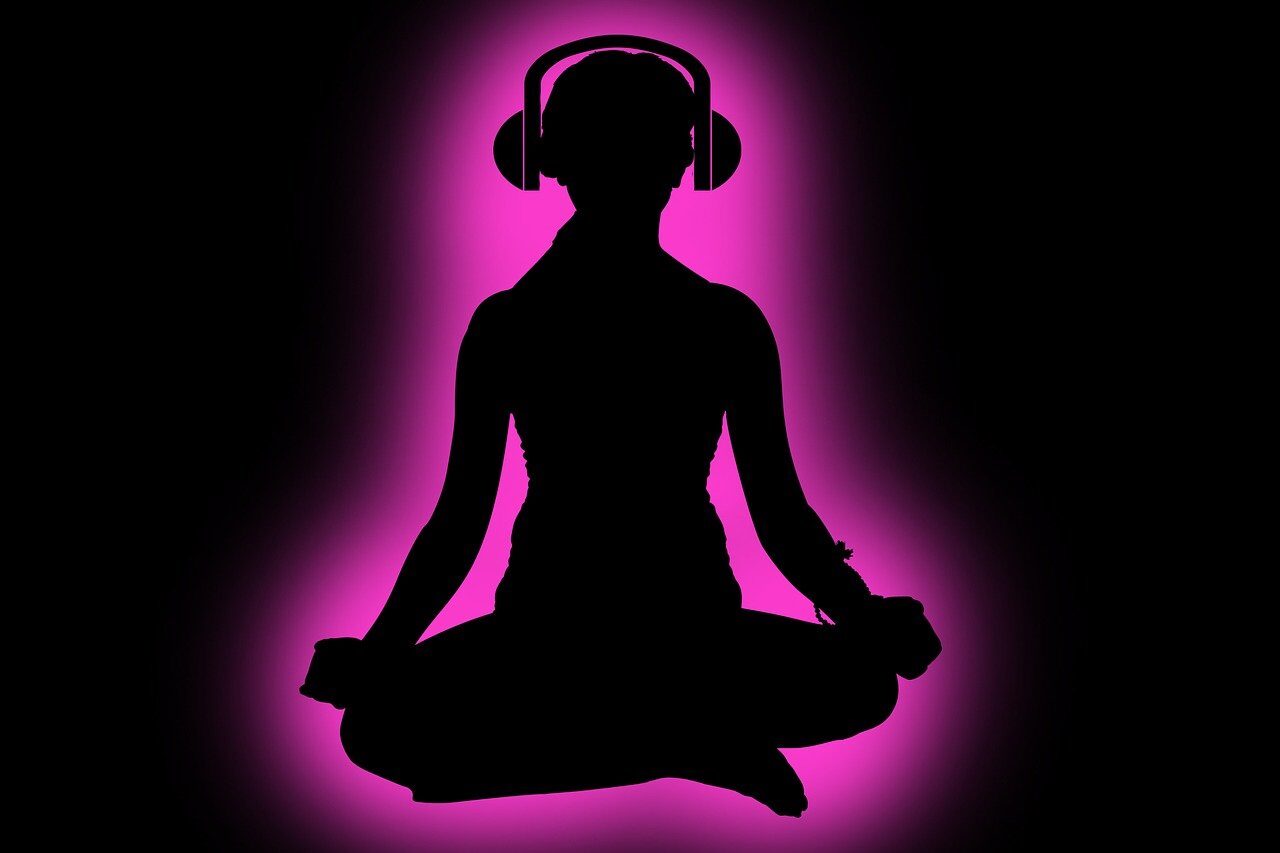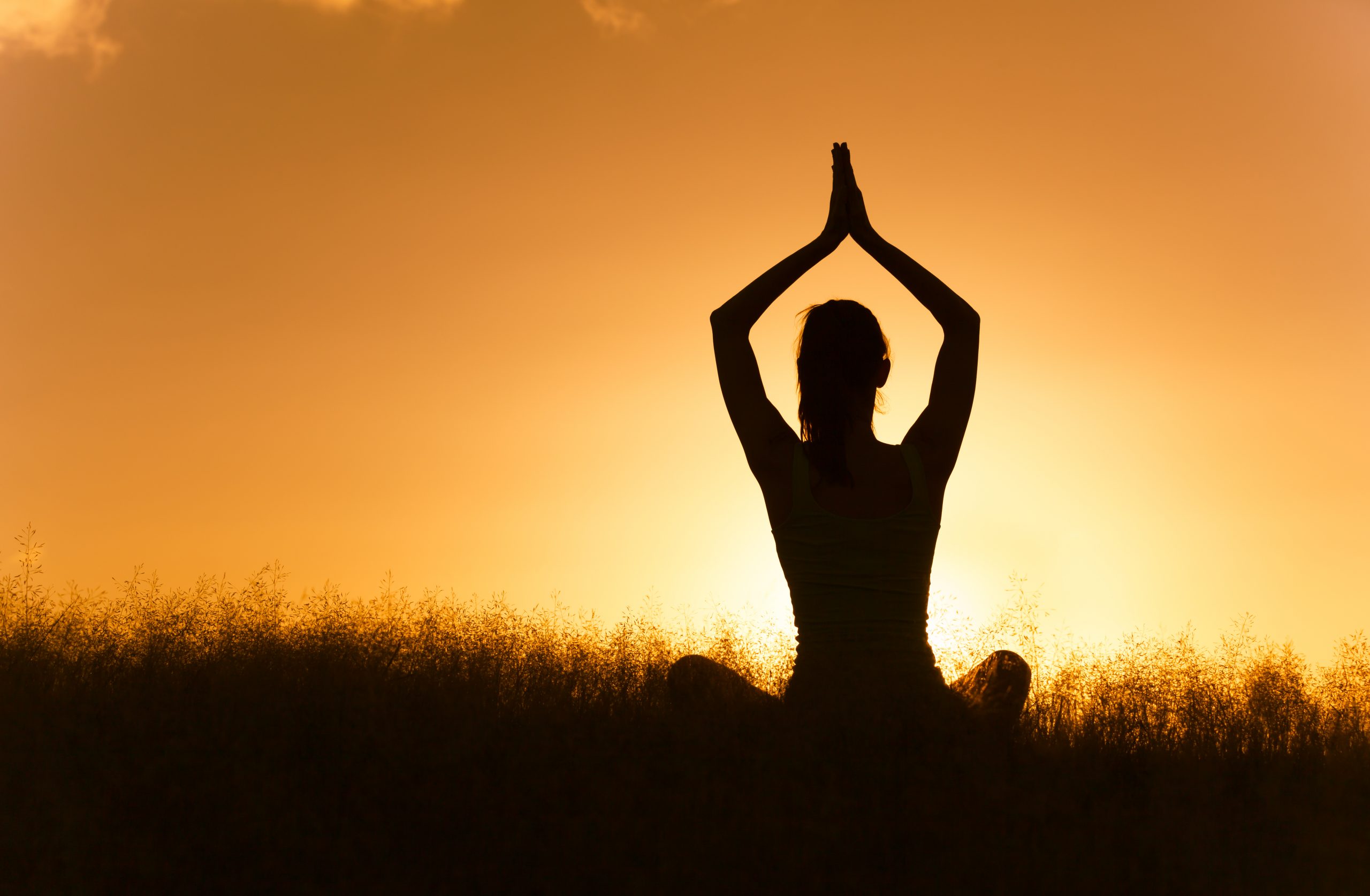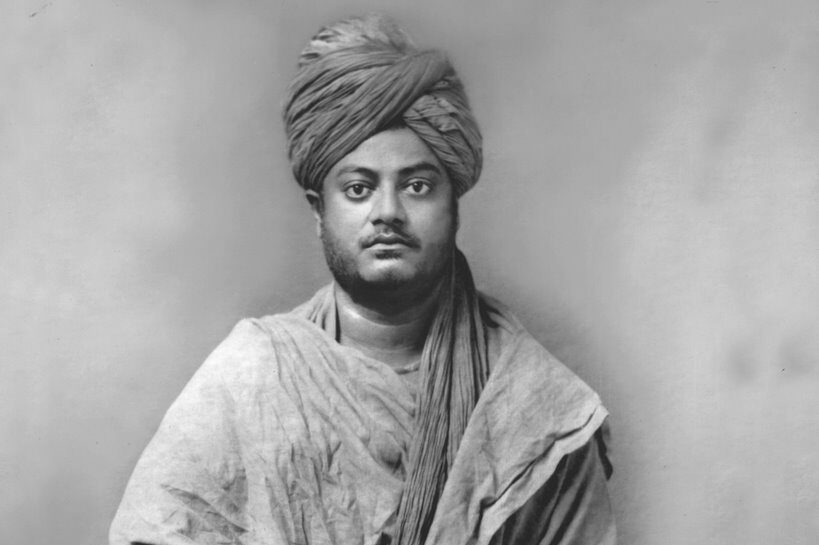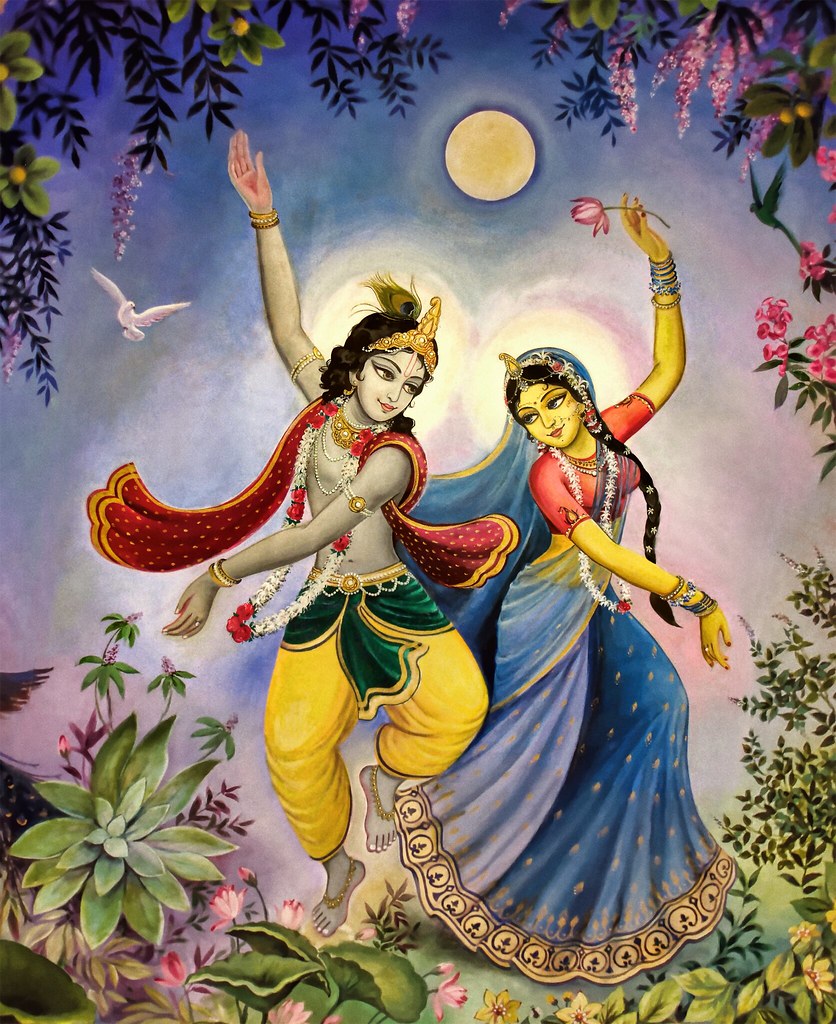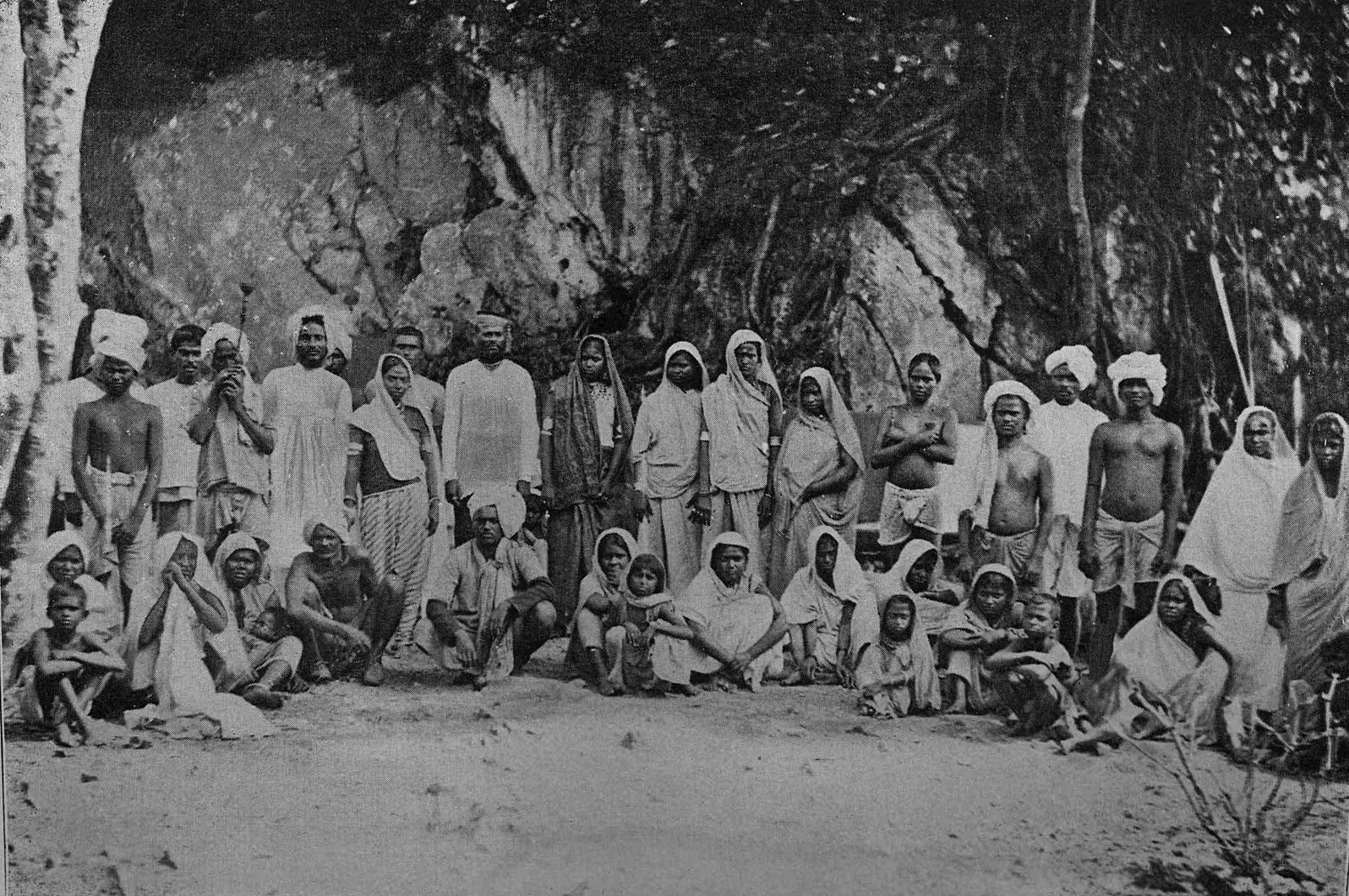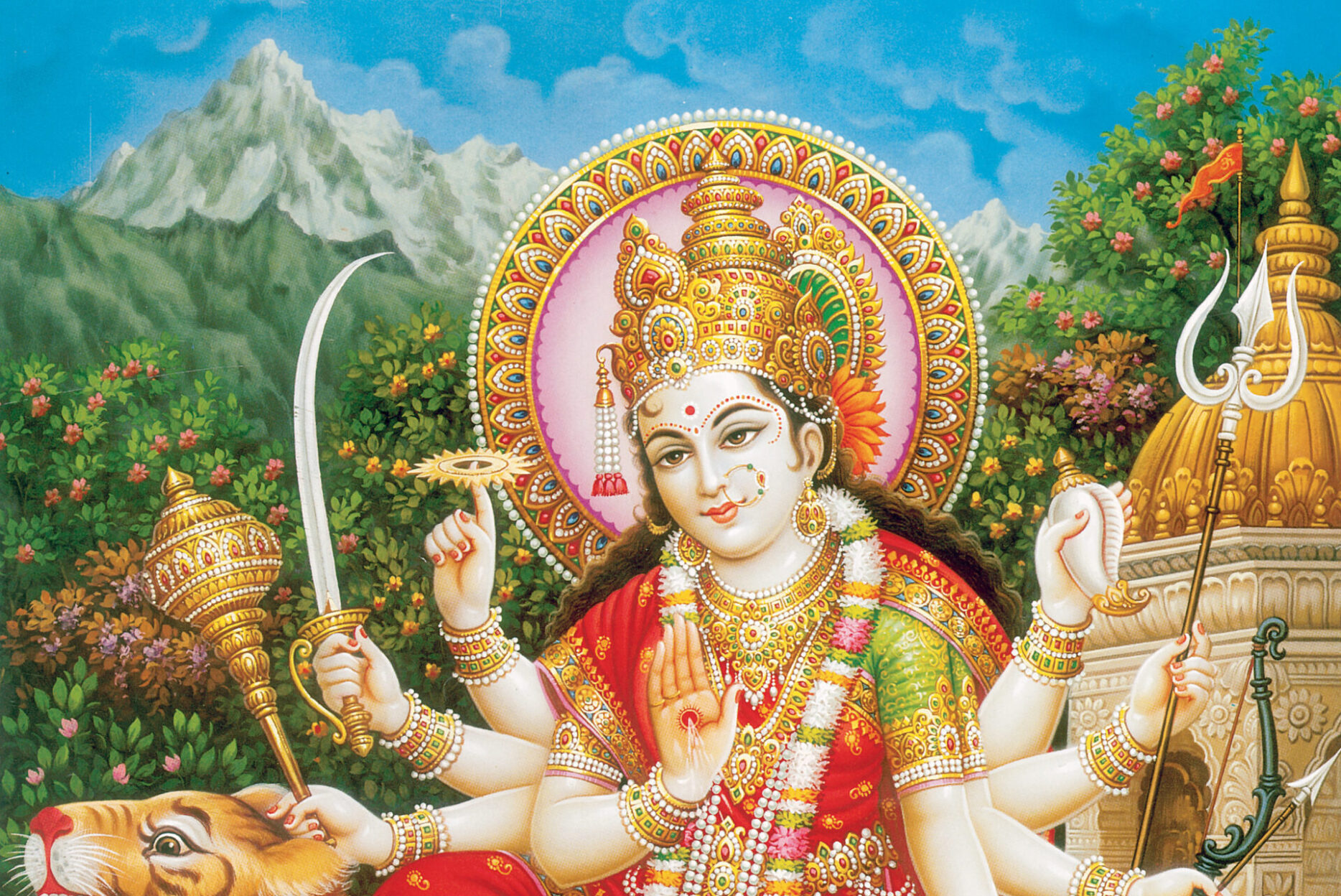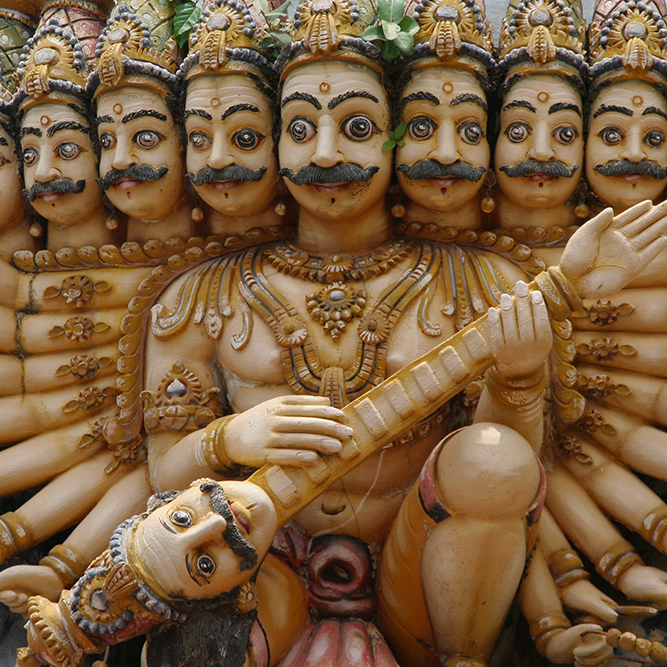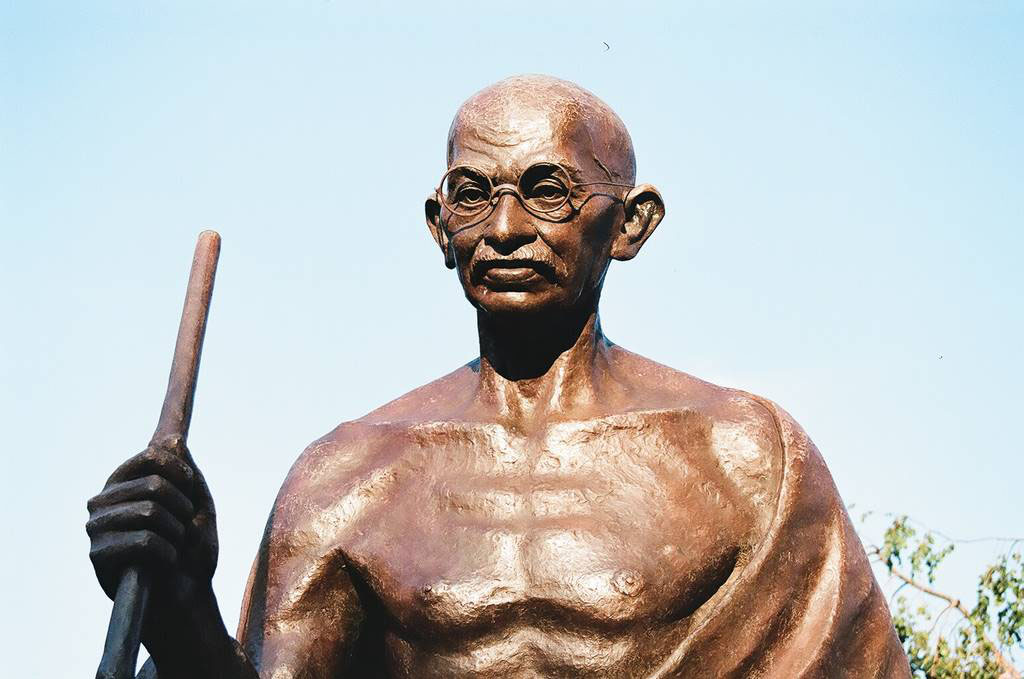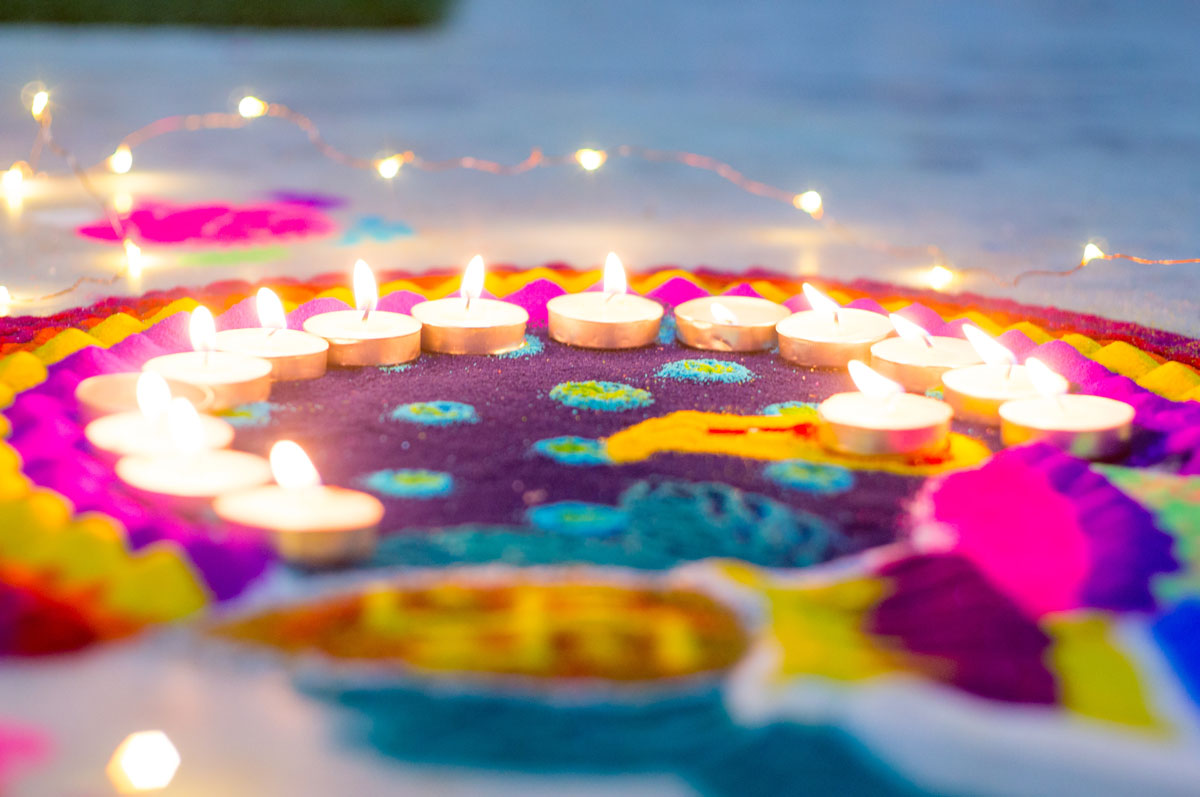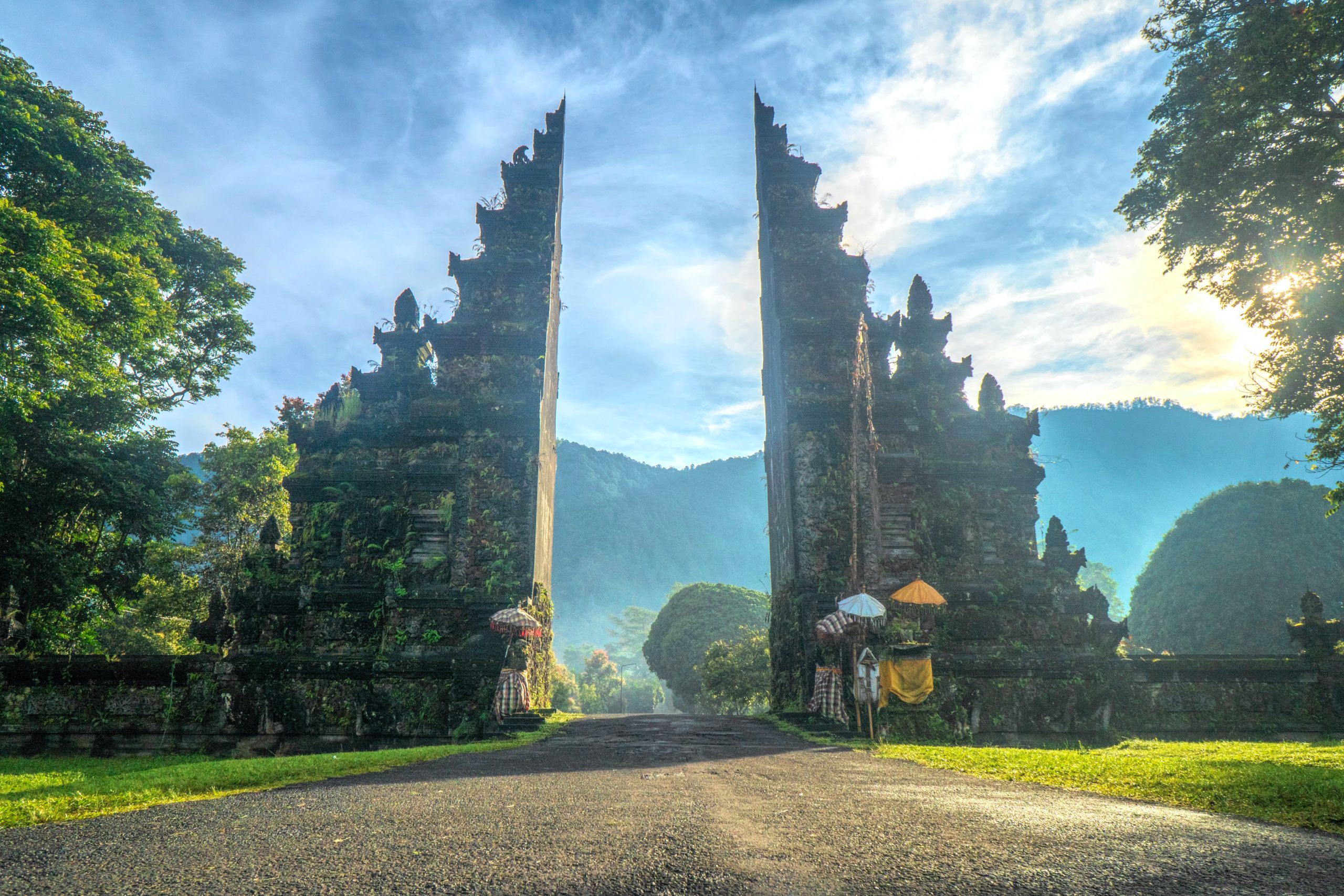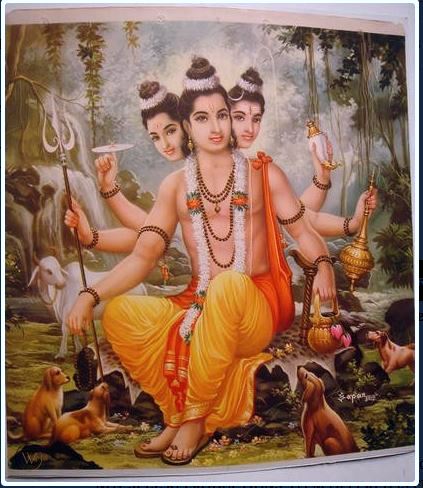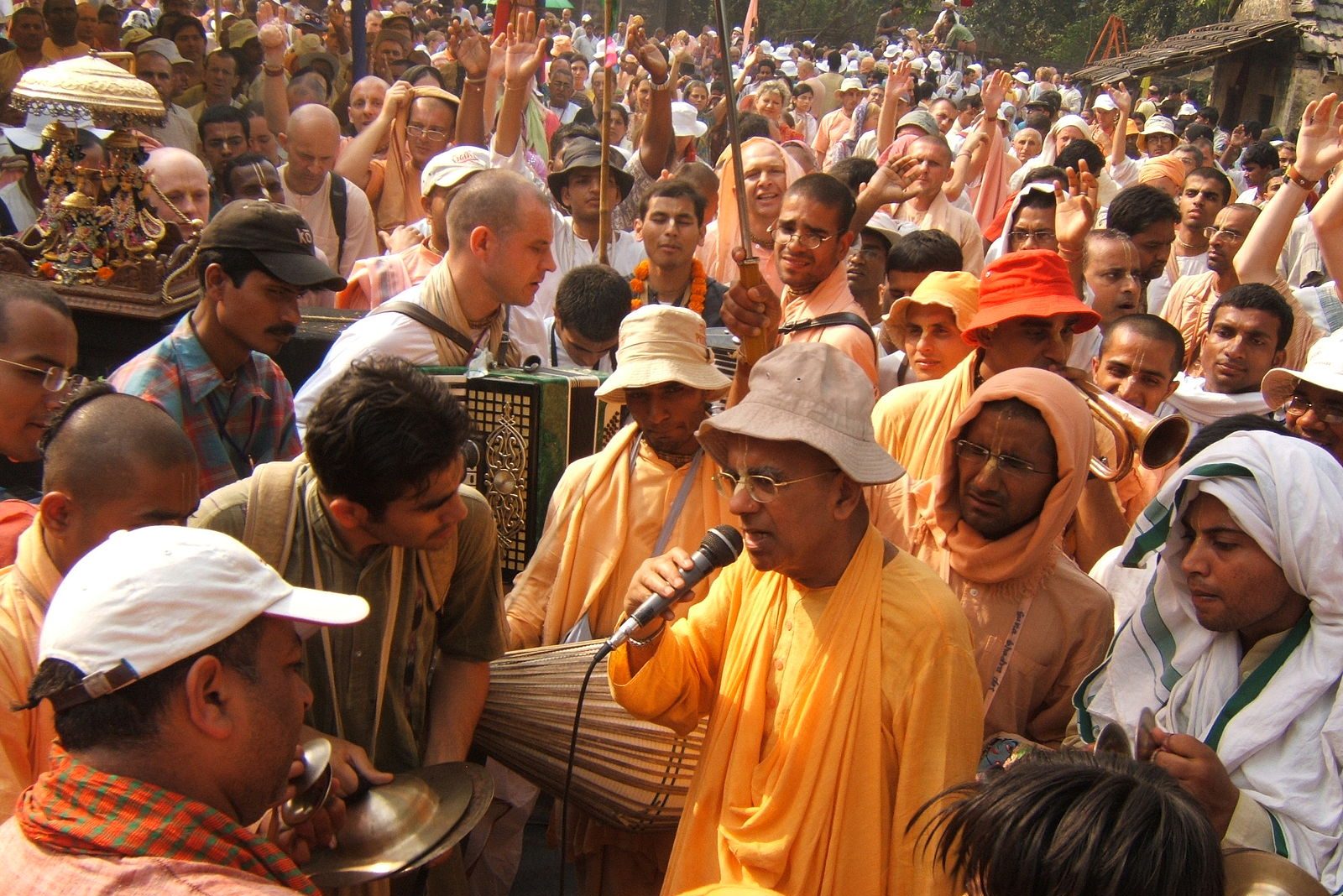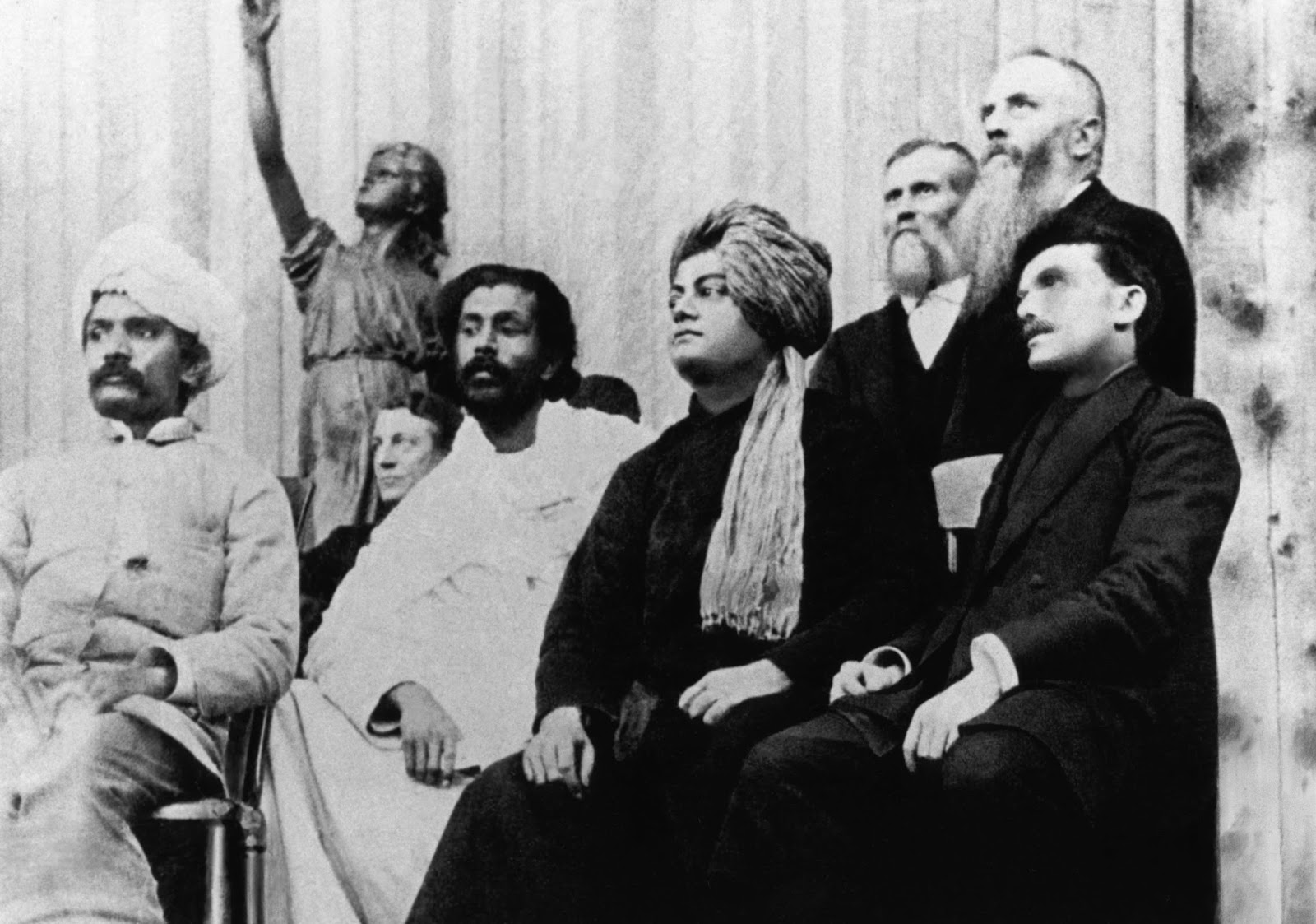
The following remarks were presented at the inaugural Conference on Soft Power held in Delhi, India, December 17-19, 2018.
India’s cuisines, tourism, handicrafts, and even Bollywood have long colored the world’s imagination of what India offers the senses. But it’s India’s civilizational contributions in the realm of the sacred — yoga, ayurveda, Vedanta, religious pluralism, classical arts, and vegetarianism — that have the power to feed the world’s soul.
And while the supply chain of the former has traveled around the world largely intact, the latter, the exportation of that which is sacred and very often Hindu has often entailed deliberate delinking of the spirit from these ancient systems in order to make them more palatable, daresay more marketable.
Yoga in the West has largely been delinked from its Hindu roots for this reason. And now, as the Indian government promotes International Yoga Day, and many Hindu gurus and spiritual teachers continue to spread their teachings, they too are replicating, perhaps unintentionally,, a similar delinking.
The Hindu American Foundation (HAF), the preeminent advocacy organization serving the needs of Hindu Americans, sought to tackle the multi-billion dollar yoga industry’s delinking of HIndu and yoga with our Take Back Yoga: Bringing to Light Yoga’s Hindu Roots (TBY) campaign. The largely successful campaign landed on the front page of the New York Times and received wide coverage by major media including the Washington Post, CNN, Al Jazeera, the Guardian, Open Magazine, and scores of others, sparking international dialogue and awareness.
In the decade since the TBY’s launch, HAF has arrived at nuanced approaches from many lessons learned that today the Indian government and others could possibly benefit from in their messaging around yoga.
This evening I will share HAF’s experiences in striving to balance the sacred and secular, and explore ways in which we can collectively align the narratives around yoga to ensure that both the integrity of yoga is preserved and protected, and the benefits of it — it is a soft power after all — are widely shared.
Making Yoga Marketable: The Western Yoga Industry’s Delinking of ‘Hindu’ from Yoga
Yoga Journal, self-described as the “#1 authority on yoga and the yoga lifestyle” since 1975, is the primary source of information for yoga teachers and teachers to be.
It has a readership of over 1.8 million, 99,000 tablet/smartphone readers, and 14 million page views annually. Basically, it’s an influencer.
In 2008, we wrote a letter to the editor of this popular American magazine to note our disappointment at finding countless descriptions of the Veda, Upanishad and Bhagavad Gita, foundational Hindu sacred texts, as “ancient Indian” or “Eastern”, but rarely “Hindu.” Articles on bhakti yoga offered lyrics to well known dhun invoking Ma Durga and Sri Krishna with scant mention of the place singing of kirtan holds in daily Hindu life. In contrast, the same magazine featured articles on Christian Yoga, Kabbalah Yoga, and Zen and Buddhist Yoga.
One of Yoga Journal’s staff members confirmed our suspicions. “Yes,” she said, the magazine did indeed avoid the word “Hindu” because, “you know, it carries a lot of baggage.”
In response, HAF released the first edition of our paper, Yoga Beyond Asana: Hindu Thought in Practice, and launched Take Back Yoga in order to shed light on yoga’s Hindu roots.
A debate ensued on the pages of the Washington Post On Faith section between cofounder Aseem Shukla and Deepak Chopra — Chopra misrepresenting TBY as a claim of ownership as well as saying yoga was not Hindu.
Over the years, we’ve finessed our messaging based on lessons learned from the more strident opposition and critique of our work, and more clearly restated our basic premise which is threefold:
-
- Yoga is much more than just asana
- Yoga, in its entirety, is rooted in Hindu thought.
- Though it is rooted in Hindu thought, Hinduism does not own yoga, nor does one have to be Hindu to practice yoga.
Indeed Western academia has also jumped on the bandwagon of denying yoga’s Hindu roots. Theories range from the suggestion that Patanjali was likely Buddhist — which is not to say that there are not Buddhist, Jain, and Sikh forms of yoga based on their own respective interpretations — to most recent suggestion that modern postural yoga stems from Indian exposure to and copying of Scandinavian gymnastics.
Even the Take Back Yoga campaign has become the topic of academic study — some 65 academic articles cite it, including the Harvard Business School which covers it rather positively in a unit on the branding of yoga. Others are critical of the campaign’s relinking of yoga to Hinduism with a range of hypotheses that often misrepresent the intent and arguments made by TBY or misinterpret them. Most of the scholars who are critical of TBY have never bothered to actually interview or ask directly about our intentions or interpretations, which to me reflect either intellectual incuriosity or academic laziness to obtain direct facts or evidence before arriving at a conclusion.
Making Yoga Palatable: The Indian Delinking of Yoga of ‘Hindu’ from Yoga
International Yoga Day is explained as a moment to celebrate India’s contribution to world civilizations with the introduction of yoga, as a physical, mental, and spiritual practice. Following the adoption and widespread celebrations of Yoga Day, however, controversy quickly ensued when a number of bodies representing religious minorities in India expressed concerns about the celebrations imposing and making mandatory an essentially Hindu practice. In response, government officials quickly offered backtracking statements with tweets such as,
“Yoga should not be connected with any particular religion.”
or statements such as:
“We are not forcing people to do yoga….There is no religion to it.”
and
“Health is wealth and Yoga is the key to that. It should not [be] linked with any religion…”
In fact, all of the government’s statements thus far have studiously avoided, even denied, the term “Hindu,” including in the official descriptors of yoga’s origins. Several officials even appear to equate yoga with just asana and other physical aspects..
A perusal of the International Day of Yoga website and its Common Yoga Protocol are also telling — not one mention of Hinduism as a living religious tradition, even as Hindu Gods and Goddesses and sacred texts are invoked, and Buddhism and Jainism specifically mentioned.
You can see that here under the section covering the history and development of yoga, the protocol reads:
“Yoga is widely considered as an ‘immortal cultural outcome’ of the Indus Saraswati Valley Civilisation […] The presence of Yoga is also available in folk traditions, Vedic and Upanishadic heritage, Buddhist and Jain traditions, Darshanas, epics of Mahabharata including Bhagawadgita and Ramayana, theistic traditions of Shaivas, Vaishnavas and Tantric traditions. Though Yoga was being practiced in the pre-Vedic period, the great sage Maharishi Patanjali systematised and codified the then existing Yogic practices, its meaning and its related knowledge through Patanjali’s Yoga Sutras.”
Indeed this history here is not disputable. Everything stated here is true. But the absence of a specific mention of Hindu contributions, while it may be understandable because of the optics of a “Hindu political party” promoting a “Hindu practice” in a secular democracy, is still deeply problematic and has consequences not only to being able to extract the fullest potential of yoga’s soft power, but also to the global understanding of Hinduism, the international standing of Hindus, and the integrity of the yoga tradition itself.
I would be remiss to not mention that even prior to the advent of International Yoga Day, many Indian gurus and spiritual teachers have also fallen prey to the same avoidance. While the reasons vary and are not untrue, such as insisting Hindu is a foreign term or stating that the ultimate aim of yoga is the transcend the man made labels and identities that more often divide us, the consequences of not equating Hindu with Vedic, Sanatana Dharma, or Yogic are still the same.
Are We Just Getting Bent Out of Shape or Are There Real Consequences to Delinking Yoga and Hinduism?
Having been immersed in the Western yoga community for more than two decades now, we’ve seen first hand how many yoga magazines and yoga products try to distance themselves from ever using the word ‘Hindu’, preferring to use ‘yogic’, ‘Vedic’, or ‘Indic’. We’ve even seen them try to feebly claim that the various traditions of yoga are beyond time and space, predate Hinduism, or don’t belong to any specific tradition. The omissions by the Indian government and others are similar.
While this may seem of little consequence to Indian readers, most of whom will no doubt identify all the traditions, darshana, and sacred texts mentioned in the government’s common yoga protocol or in Western yoga magazines and academic papers as being part of Hinduism, readers from the rest of the globe may not realize that ‘Vedic and Upanishadic heritage’ refers to the heart of Hindu Dharma. They may not understand that ‘theistic traditions of Shaivas, Vaishnavas, and Tantric traditions’ refer to differ strands of Hinduism, all of which are very much thriving today.
So then what are Hindus and Hinduism left with in the eyes of global public? It’s the tired, old colonial story of snake charmers and idol worshippers, caste and cows caricatures, and primitive and poor people.
It is against this background then that the omission of the word ‘Hindu’ by both the West and Indian government officials not only undermines the tradition, but also years’ of efforts by Hindu scholars, thought leaders, and organizations to explain that yoga is far more than just a physical practice, and that it is rooted in Hindu concepts such as the
-
- eternal, blissful nature of the soul (atman),
- dharma, karma and samsara, and
- moksha as the ultimate aim of human life
- Hindu articulations on Consciousness (the Divine or Brahman) from time immemorial
It is also a missed opportunity to better educate the global public about the greatest strength of Hinduism and yet another example of Indic soft power: religious pluralism resulting from the religious freedom accorded to every individual to seek Truth and tread our own path to reach our fullest potential, and the respect that must be accorded by others’ for the right to do so. This type of messaging would only further emphasize the fact that you can be of any background and still practice and benefit from yoga.
Indeed, “Hindu” is a foreign term, and not one the ancient rishis used to define or label themselves. But in modern times, it is the word that is generally associated with those 1 billion of us who happen to have been born from their legacy or been inspired to live our lives according to their teachings of ahimsa, brahmacharya, bhakti, satsang and seva; Ekam sat vipraha bahuda vadanti (Truth is one the wise call It by many names) and Vasudaiva Kutumbakam (the world is one family).
Many have also argued that Hinduism, and by extension its practices, including yoga, is not a religion, but a spiritual science or a way of life. While there is truth to these descriptions as well, the argument falls short when the general understanding of religion in the framework of civil and human rights law is that a religion is a collection of sincerely held beliefs, worldviews, or cultural systems relating to existential questions such as the relationship between material existence and the supernatural or the purpose of life.
In this context, Hinduism absolutely is a religion, although unique among the world’s religions, as it has no identifiable beginning in history, no single founder or prophet, no central religious establishment or sole authoritative scripture, and generally does not proselytize or seek conversion.
It is also crucial to understand that where adherents of other “world religions” come together at various influential international platforms to define religious freedom or defend religious minorities, we must take ownership of the terms Hindu and Hinduism, and define on our own terms who we are, what we do, and what we believe, lest we remain voiceless on a global scale.
In delinking yoga from its religious foundation, yoga has grown to be equated with asana and over-commercialized. Most of what is billed as yoga around the world is not the yoga described in the Yoga Sutra or any of yoga’s seminal texts. Rather it has morphed into a form of asana without devotion, understanding, or reflection, and therefore, more akin to mere exercise.
Case in point: one can register for a myriad of “yoga”: naked yoga, beer yoga, dog, cat, or goat yoga, even Christian yoga, the list is endless. In today’s mass commercialization, the term “yoga” is loosely applied to the latest fitness creation that bears little to no resemblance to yoga as a quest for selfless service, loving devotion of God, the pursuit of Truth and knowledge, or citta-vritti-nirodhah.
The result — a decline of yoga as an inward, spiritual quest.
Lastly all this bending over backwards and twisting around religion begs the question as to who we are doing it for.
In the American context, here is some food for thought. A 2008 Pew Forum survey, found that 65% of Americans believe that ‘many religions can lead to eternal life’— including 37% of white evangelicals, the group most likely to believe there is only one truth. Sounds a little like understanding or believing Ekam sat vipraha bahudha vadanti is on the rise.
30% of Americans call themselves ‘spiritual, not religious,’ according to a 2009 NEWSWEEK Poll, up from 24% in 2005, which generally means more openness towards learning about or adopting practices from other or different spiritual traditions.
And 24% of Americans say they believe in reincarnation, according to a 2008 Harris poll. Whether the figure of more than ⅓ of Americans choosing cremation, up from 6%, according to the Cremation Association of North America. Whether a belief in reincarnation translates to cremation is uncertain, but it’s certainly plausible for some.
The Path Forward
It was the intentional and overt omission of the word “Hindu” from the Yoga Journal that prompted HAF’s efforts to combat the delinking of Hinduism from yoga. Today, the Indian government and others have an opportunity to both promote the benefits of yoga, but also preserve its spiritual heritage and yoga’s aim.
As a secular government India will need to balance the sacred and the secular, or in other words, the “soft power” and benefits of yoga with sensitivities of other religious communities who may feel celebrations are an imposition of Hindu practices. And it will need to remain truthful in its claims about yoga and its benefits so as to not politicize that which is truly beneficial for all people of all backgrounds.
While past statements may have fallen short, there is a path forward where honest messaging, or as they say, truth in advertising, can allay many of the consequences outlined here.
Prior to launching and throughout TBY’s evolution, we have wrestled over important questions such as why it’s important for the public to understand yoga beyond its physical aspects? Would equating yoga with a “religion” reduce its popularity in largely Christian or secular contexts? Would funding of research on the physical and psychological benefits be impacted if yoga is equated to a religious practice? How might seeking acknowledgment be misconstrued as seeking ownership, thereby contradicting the universal nature of yoga?
We’ve faced similar tensions as the Indian government when faced with the question of whether government funded public schools in America should offer yoga as part of their curriculum. In the American context, public schools are proscribed from mixing religion and the state. After much reflection and consultation with others, we came upon the following:
Yoga is a spiritual discipline rooted in Hindu philosophy and is universally available to anyone without any coercion, pressure, or requirement to change one’s religion. Asana is a component of Yoga, albeit the most physically-centered part, and means pose, posture, or manner of sitting. Asana, or postural practice, has been shown to tremendously benefit muscle tone, flexibility, blood pressure, back pain and arthritis, and the immune system. Studies have also shown that for children, the practice of asana may work to reduce Attention Deficit Disorder (ADHD), improve general behavior and grades.
Under the First Amendment [of the US Constitution], public schools may offer yoga-based programs, such as asana-only programs, as part of their curriculum because asana alone is not yoga. Public schools should not offer programs that go beyond the instruction of asana and other physical components of yoga. As such, community groups are free to offer more comprehensive yoga programs during non-school hours using school facilities on the same basis as other community groups sponsoring religious and secular programs for youth.
Similarly, the GoI could promote yoga-asana, pranayama, dharana, even dhyana as part of its public programming, and be more deliberate in its messaging about the secular nature and scientific benefits of of these aspects of yoga. Public programs may also need to avoid religious symbols and mantra as well. Of course, private individuals and entities must remain free to offer the whole of yogic teachings and practices, and not be afraid of the term Hindu.
And lastly, the government should avoid saying yoga as a whole is not connected to any particular religion. It is — and not only to Buddhism, Jainism, and Sikhism, but at its root, Hinduism.
Hinduism is a religion, and yoga is at its heart through karma, bhakti, raja, and gnana. But as a non-proselytizing religion, Hinduism never compels practitioners of yoga to profess allegiance to the tradition or convert.
Thus balancing the sacred and secular is possible by being honest about yoga as a spiritual science and religious discipline to ensure that Hindus as a people can take pride in our civilizational contribution and have agency in defining who we are as a people and protecting our most vulnerable, and that the integrity of yoga is preserved and the benefits of it widely shared.


